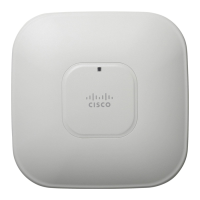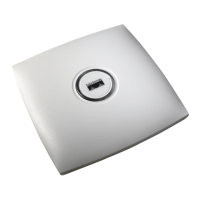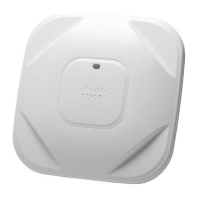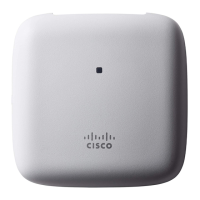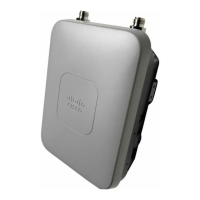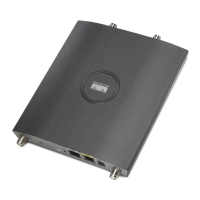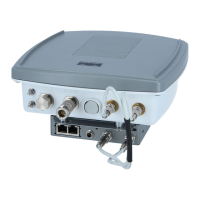8-3
Cisco Aironet 1100 Series Access Point Installation and Configuration Guide
OL-2851-01
Chapter 8 Configuring Multiple SSIDs
Configuring Multiple SSIDs
Default SSID Configuration
Table 8-1 shows the default SSID configuration:
Creating an SSID
Beginning in privileged EXEC mode, follow these steps to create an SSID:
Table 8-1 Default SSID Configuration
Feature Default Setting
SSID tsunami
Guest Mode SSID tsunami (The access point broadcasts this SSID in
its beacon and allows client devices with no SSID
to associate.)
Command Purpose
Step 1
configure terminal Enter global configuration mode.
Step 2
interface dot11radio 0 Enter interface configuration mode for the radio interface.
Step 3
ssid ssid-string Create an SSID and enter SSID configuration mode for the new
SSID. The SSID can consist of up to 32 alphanumeric
characters. SSIDs are case-sensitive.
Step 4
authentication client
username username
password password
(Optional) Set an authentication username and password that
the access point uses to authenticate to the network when in
repeater mode. Set the username and password on the SSID that
the repeater access point uses to associate to a root access point,
or with another repeater.
Step 5
accounting list-name (Optional) Enable RADIUS accounting for this SSID. For
list-name, specify the accounting method list. Click this link
for more information on method lists:
http://www.cisco.com/univercd/cc/td/doc/product/software/ios
122/122cgcr/fsecur_c/fsaaa/scfacct.htm#xtocid2
Step 6
vlan vlan-id (Optional) Assign the SSID to a VLAN on your network. Client
devices that associate using the SSID are grouped into this
VLAN.
Step 7
guest-mode (Optional) Designate the SSID as your access point’s
guest-mode SSID. The access point includes the SSID in its
beacon and allows associations from client devices that do not
specify an SSID.
Step 8
infrastructure-ssid [optional] (Optional) Designate the SSID as the SSID that other access
points and workgroup bridges use to associate to this access
point. If you do not designate an SSID as the infrastructure
SSID, infrastructure devices can associate to the access point
using any SSID. If you designate an SSID as the infrastructure
SSID, infrastructure devices must associate to the access point
using that SSID unless you also enter the optional keyword.
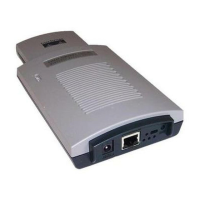
